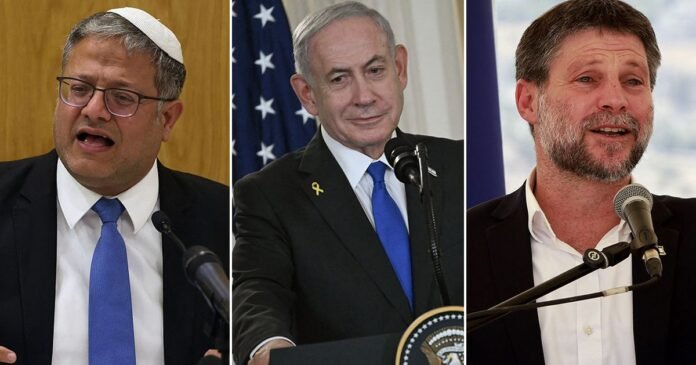Celebrations have broken out in Tel Aviv and Khan Yunis after Israel and Hamas reached an agreement to initiate steps towards ending the conflict in Gaza. However, experts caution that a challenging path lies ahead for both sides after a prolonged and devastating war.
There is optimism that 48 Israeli hostages will be freed, although it is uncertain how many of them are still alive and in what condition. Meanwhile, the people of Gaza continue to grapple with profound sorrow.
Reports suggest that approximately 10,000 unidentified bodies might remain buried under the ruins in Gaza, adding to the tragic toll of 67,000 Palestinian lives lost during the conflict.
Despite global hopes for lasting peace, concerns persist about the fragility of this agreement. Security analyst Professor Anthony Glees warns that Israeli Prime Minister Benjamin Netanyahu may persist in the conflict even after the Gaza ceasefire, aided by certain individuals.
Professor Glees, a politics scholar at Brunel University, emphasized the importance of not forgetting the tragic events that have transpired, pointing out the need to acknowledge the suffering and losses on both sides.
The anticipated ceasefire has been postponed, with ongoing bombings in Gaza. The initial phase of the agreement involves the withdrawal of Israeli forces from a significant portion of Gaza and the release of Palestinian prisoners following the release of hostages.
As the world watches with a mix of hope and apprehension, there is a collective prayer that the cycle of violence and conflict of the past two years will not be repeated.

